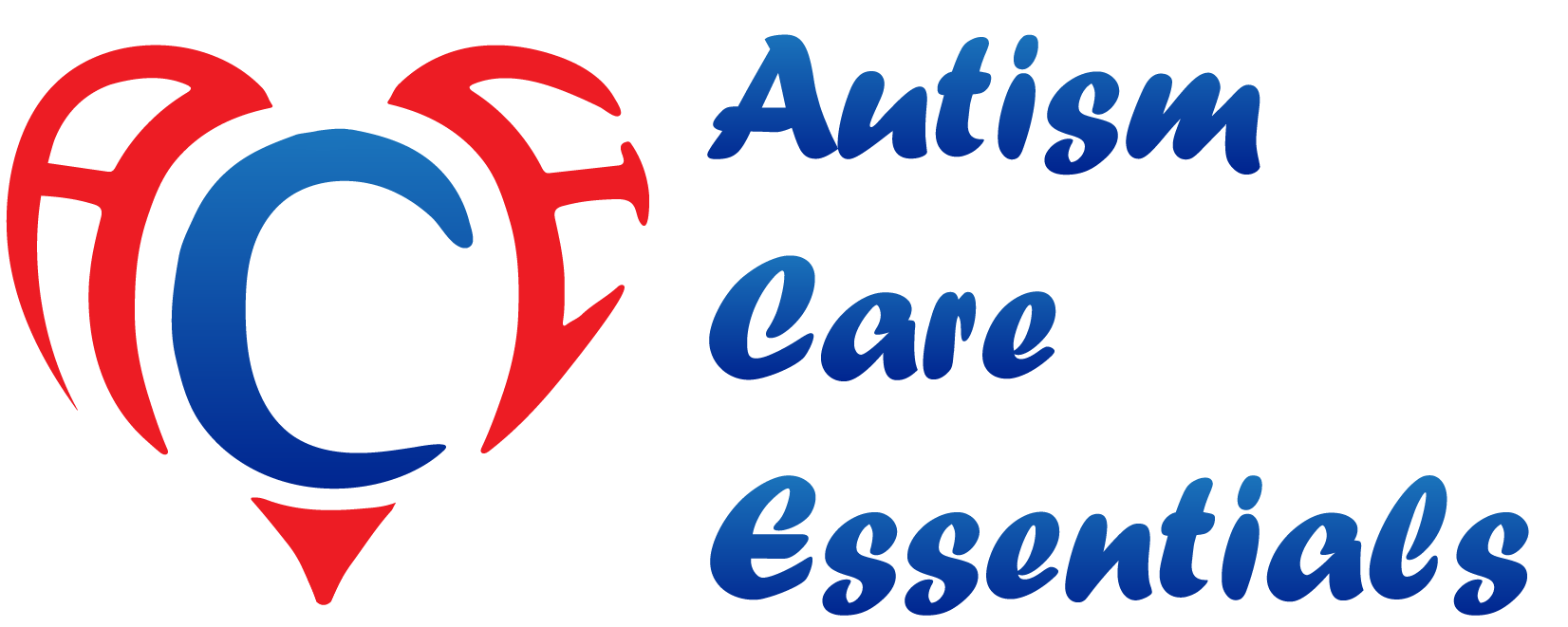Many autism parents care for their autistic child with their best knowledge and abilities. One of the things that they most likely do is to search for an autism diet. As they hope that there is a special diet that can help improve the condition of their autistic child, they will learn more about autism diet through the learning.
Hard Truth-There isn’t One Autism Diet
It might be sounded disappointing tha there isn’t one specific autism diet that is recommended for autism. Autism diet is more about a nutritional plan that are suitable for the needs or wants of autistic individuals from the caregivers or by themselves.
Choices of Autism Diet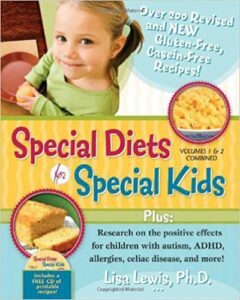
There are many special diets that have been created or adapted for autistic individuals, and a certain amount of the autistic population are on different kinds of special diets. Other than those who need them for obvious medical reasons or psychological condition, the diets are more about the preferences of the individuals or caregivers.
With no cure medication and slow progress with the available treatments, some autism parents hope special diets can do better job in improving the condition of their autistic child. Some parents believe the special diets help improve certain behaviors including attention, focus and sleep, while others don’t observe noticeable change.
We know that certain foods are easier to digest than others, and some can provide more energy than others. Some foods can influence behavior or can be used to prevent or treat illness, while certain foods can cause dangerous allergies to some people. More research is necessary in order to discover the connection between autism symptoms and food choices, but special nutritional plans with safe and non-invasive diets may be worth trying for autistic children for different reasons.
Food Allergy & Food Intolerance Test For Autism 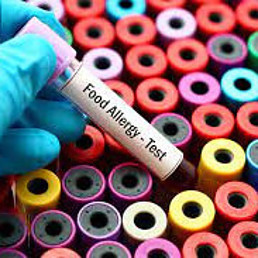
If the autistic child feels sick or develops some symptoms within 2 hours after eating, they are most likely allergic to at least one of the food they just consume. You might want your child to do a thorough food allergy test to find out all the foods that they might be allergic to. Food allergy can be a serious health problem which might require a very strict diet depending on the severity of the allergy.
Food allergy test can also find out if the autistic child is sensitive to certain foods if the request is made. You might do a Food Intolerance Test alone. Unlike food allergy which causes the immune system to react in whole body, food sensitivity is a food intolerance that is not as serious, but it can upset stomach. More often autistic children increase behavioral problems since they are not able to exactly express the discomfort from the stomach. It is optimal to use a special diet that eliminates the foods that cause the sensitivity issues.
Sometimes food allergy test can’t provide accurate diagnosis due to the intake amount of the food before testing. An autistic child might only show signs of sensitivity to certain foods when consumed in larger quantity. If you are suspicious that certain foods in larger quantity consistently cause behavioral problems, try an elimination diet that can help you find out which food is the cause.
Elimination Diet is a Benefitial Short-Term Plan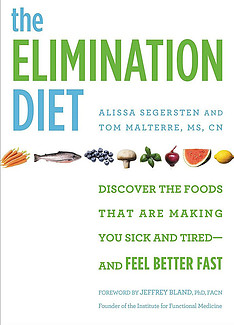
An elimination diet is only a short-term plan, but it be very benefial for people with autism. Most elimination diets can be done in 5-8 weeks. However, an elimination diet is a not specific diet with a nutritional plan. It is a diagnostic process to determine if an autistic child is sensitive to certain foods. A special diet might be necessary and therefore implemented after finding the autistic person is sensitive to some or all of the “eliminated” foods.
To start the elimination diet, parents remove certain foods or a group of food that is considered to be responsible for the child’s certain behaviors from the child’s diet for 2-5 weeks or until noticeable positive change in behaviors. Then bring the foods back to child’s diet one at a time, usually every 3-5 days for each food. If the food worsens the behavior, it then will be eliminated in the diet in a long term. A special diet plan is created accordingly with the elimination of the problematic foods in a long term after all the foods are brought back one by one.
The elimination diet can discover possible connections between food and certain behaviors. It works better with a bigger group of food, however is harder to apply since the parents will have less food to provide for the child in the first 2-5 weeks observing time frame. You can do 2-3 foods at each cycle of one elimination diet, but you might need to run a few cycles to have a better idea if your child is sensitive to certain foods.
Overall, elimination diet is a great method for parents to ensure if the child is sensitive to certain foods and therefore a special diet is necessary for their child.
CFGF Diet Might not Be the Best Diet for Autism
The CFGF diet is one most-researched diet for autism, but it might not be the best diet for autism. Generally speaking, CFGF diet is not recommended by researchers for autistic individuals unless they are allergic or sensitive to gluten and casein.
CFGF diet is a diet regimen that removes the foods containing casein and gluten in daily intake. Casein is a natural protein that is found in milk, and gluten is a type of protein that is found in carbohydrates like wheat, barley and rye. A CFGF diet requires eliminations of dairy products and the food made from wheat, barley, rye or their crossed products.
The reason the CFGF diet is not recommended for autistic children is because there is no enough evidence to show that gluten and casein cause the symptoms of autism. On the top of that, autistic children tend to have limited food selections that the diet can cause higher risk for them with nutrient deficiencies.
However, the autistic child will need CFGF diet if they are allergic to or have medical issues related to casein and gluten. You can also do either casein free diet if the child only has issues with casein or gluten free diet as the child only has problems with gluten.
Both casein and gluten are bigger size proteins that are harder to digest. You can get your child to test for food sensitivity if you notice your child’s behavioral problems increased consistently after eating a dairy product or the carbohydrates with gluten in it. It does require 5-8 weeks commitment if you choose the elimination diet to find out if either gluten or casein affects the child’s behaviors.
If no food sensitivity is found through an allergy test or an elimination diet, CFGF diet is not necessary for an autistic child.
Autism MEAL Plan is a Tool for Autism Parents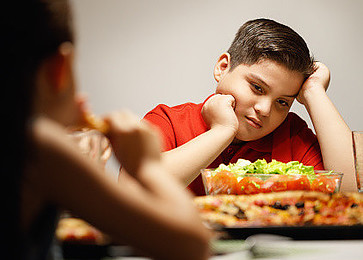
It is true that there autism MEAL Plan, although it is not an actual nutritional plan for autistic individuals. Autism MEAL Plan is a parent training intervention to Manage Eating Aversions & Limited Variety. It is a group-based clinical trial designed to help parents in reducing the children’s mealtime disruptive behaviors and increasing the variety of foods that their children will eat. At the the same time it reduces parents stress from their child’s eating habits.
The trial targeted and accepted parents who had autistic children aged 3-8 with moderate food selectivity and related behavioral problems. Through 10 weeks of 1.5 hours weekly training from a master’s or doctoral level clinician, parents complied to take data in food acceptance, nutritional intake and mealtime behaviors of their child. The data were to identify the changing behaviors toward certain foods after the intervention approach.
The trial results showed that the Autism MEAL Plan helped ease parents’ stress around mealtimes greatly. However, there was no noticeable improvement either with food selectivity or with the mealtime behavioral problem.
The Autism MEAL Plan also implicates that it is very difficult for autistic individuals to change their behavior and habits, even edible food sometimes can’t motivate them enough. With one of their goals of building brain plasticity, autistic individuals are much less flexible when accepting new things. They treat the new food without difference.
Proper wider food selectivity training can also help expand their brain plasticity.
It is Possible to Have Balanced Diet for People with Autism
From the Autism MEAL Plan, we learn that it can be very hard to fix the diet problems with an autistic child. However, with personalized intervention and persistence, an autistic child can eventually have a balance diet that will benefit them in lifetime.
Nutrition deficiency from a selective diet can be very damaging. Not only it slows growth and neuro-development, but it also can cause severe medical conditions caused by malnutrition. It would add more difficulty in the autism care. It should be equally important to address a healthy balanced diet for an autistic child as other needs.
Autism parents often stress over different needs for their autistic child from speech to school placement and anything in between. Mealtime stress is the last one they want to add. Eating is more like a survival need until the realization of the need for change. The problem is that the longer the negative mealtime behaviors go on, the harder to fix it.
As a mother of autistic twin boys, I have experienced from nightmare of poor diets to happiness of balanced and healthy eating from my twins. Although it didn’t happen overnight, I would say it can happen with right strategies and persistent.
A Personal Story about an Balanced Diet for Autism
This is a true story of how I changed the diets of my autistic twin boys.
For a few years, my twins lived off of the same brands of chicken nuggets, pizza and mac n cheese on the the same Diego plates. My fear of them throwing tantrums helped them had the the same 3 foods on the the same plates where ever we were for over 3 years. My approach for their diets changed forever when one day that I forgot to bring the plates while visiting their grandparents an hour away from us.
Panicking was an understatement as soon as I realized that I left their plates at home. My heart didn’t allow my husband to drive two hours of round trips to get the plates from home or a store. After 5 minutes of numbed brain, I decided that they would eat off grandma’s plates or go home hungry that night.
To everyone’s surprise, they ate off their grandma’s plates without much fuss. The rest was the history.
Diego plates went missing at home the next meal.
The homemade chicken cutlets replaced the chicken nugget.
Fish nuggets were the soft chicken nuggets.
The shrimp is the popcorn chicken.
Scallop is the soft popcorn.
The steak is the dark meat chicken
Rice replaced mac n cheese.
Cauliflowers taste good mixed with rice.
Onion and garlic are great flavors for fried rice.
Chicken broccoli is better choice than chicken cutlet.
All the available fruits in the house were new favorites,
Celery, carrots, Brussels sprout and asparagus were their newly added food.
Now they have more balanced and healthy diets than a lot of adults.
Building a Good Autism Diet Takes Time
The Rome wasn’t built in a day. The the same mentality is expected when building a balanced and healthy diet for an autistic child.
There are a few key components to make it happen.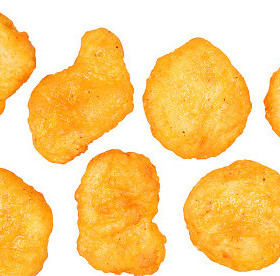
- Exposure. Even though my twins were not eating much different foods prior the accident of Diego plate, they saw their older brother who ate everything on the table. The carbs, the protein and the veggies were the must-haves on the table for my older son who happened to be a National Merit Scholarship winner later on.
- Not snacks before meal. Although my twins could only earn snacks from good behaviors, they were not earning any snacks one hour before meal time.
- Keep their most favorite snacks for trying new food. This will keep the motivation of trying new food much higher. It almost brings some kinds of success if the child wants the snacks bad.
- Break down to small steps. You can’t expect an autistic child to eat a whole plate of new food for the first time. Depending on the closeness of the new food compared to the food they have been eating, the child might have hard time to just take a look. That’s OK from taking a look, to give a kiss and a lick, to you can put a small piece in their mouth. Once they eat a small piece, eventually they would eat a meal out of it.
- Be creative. Make the new food to the close look with the foods that they were eating. From the above “history list”, I used chicken nuggets as a “pivot”, and everything they eat from pork chops to steaks now were all from “chicken nuggets” first.
- Be consistent and persistent. I can’t stress enough how important these two factors are in affecting the chance of success of autism care. Bring the food that you want the autistic child to eat on the table very often if not every day. Make a push for a little more than what they did last time. It can be from one kiss to two kisses or to a lick, from a lick to keep a piece in the mouth for a second. And keep going a little each time from there.
- Better eating means better behaviors. I didn’t know it until it happened. My twins became much better listeners after they eat wider range of foods. Although they still have their favorite meals, it becomes an additional motivator to earn their special meals.
It is not True that Autism Can be Cured by Diet
As a firm believer of science which has indicated no cure for autism currently, I would not say that the diet can cure autism.
Although an autistic individual would benefit from a proper diet, autism is their identity for their lifetime. Autism care is about how to help an autistic individual to be as independent as possible, with the bonus of being inspiring to help the community grow inclusion from the society.
Autism diet is part of autism care that holds its value to help autistic individuals reach their potentials.
If there is a take away from my twins’ autism diet story, physical health is the foundation of performance. Before I was able to make them eat balanced food, I was always vigilant with their nutrition by making them to take the doctor prescribed vitamins and extra supplements like fish oils from good sources.
The best autism diet is about how to provide proper foods and nutrition that an autistic body can best use and respond to.
Do you have your child’s eating story to share? We welcome all effective strategies to help autistic children eat better.
Don’t hesitate to drop us a line if you like my twins’ story and want the detailed strategies on how to help your child to become a better eater like them.
